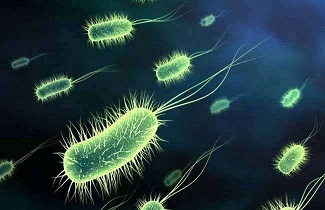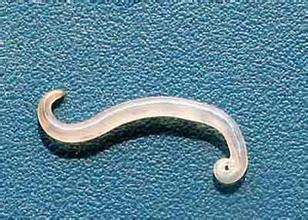Pathogenicity is the potential disease-causing capacity of pathogens. Pathogenicity is related to virulence in meaning, but some authorities have come to distinguish it as a qualitative term, whereas the latter is quantitative. By this standard, an organism may be said to be pathogenic or non-pathogenic in a particular context, but not "more pathogenic" than another. Such comparisons are described instead in terms of relative virulence. Pathogenicity is also distinct from the transmissibility of the virus, which quantifies the risk of infection.
A pathogen may be described in terms of its ability to produce toxins, enter tissue, colonize, hijack nutrients, and its ability to immunosuppress the host.






